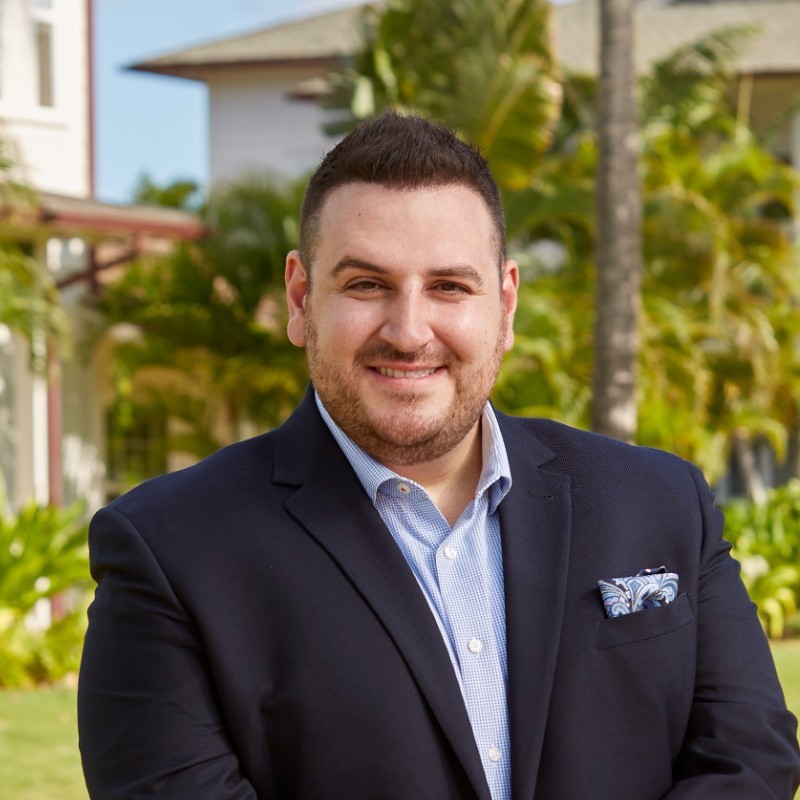The reverse mortgage industry is going through a period of transition, particularly due to things like the end of a Home Equity Conversion Mortgage (HECM)-to-HECM (H2H) refinance boom, additional interest in proprietary products from lenders and customers and some challenging news about recent industry layoffs. For reverse mortgage-eligible seniors, the challenges also persist but in a different, more fundamental way: namely, high levels of inflation.
Inflation is pushing the costs of living to recent highs. While wages have increased a lot over the past couple of years, that serves as little comfort for a demographic living — in most cases — on a fixed income. When you couple that with a perception of reverse mortgages that ascribes a higher upfront cost to getting such a loan, some industry professionals may find it challenging to navigate the cost conversation in the current climate.
To that end, RMD reached out to two reverse mortgage division leaders at their respective companies — Steven Sless, reverse mortgage division president at Primary Residential Mortgage, Inc. and Omar Ennabe, branch manager at Ennkar, Inc., respectively — to learn how they advise navigating the conversations surrounding higher costs during a time when living costs are generally higher than they’ve been in a long time.
The eye-opening illustration of home equity wealth
For professionals at PRMI, inflation is an ongoing topic of conversations that its originators have with both clients and strategic partners, Sless explains.
“Oftentimes, these clients are referred to us by a financial professional seeking to preserve their assets under management and to create a hedge for their clients against rising inflation,” Sless says. “We’ve educated our sales force to first help the clients to identify what percentage of their net worth lies within their home equity. The vast majority of the time, it’s the home equity that represents the largest piece of their asset pie.”

Clients may not have a very clear picture of their wealth if they have never added their home into the equation, so making that move can serve as a motivating illustration for clients who are considering a reverse mortgage, he explains.
“I feel pointing out just how much of their wealth is trapped between their four walls is eye-opening for the borrowers who may not realize how much equity they have gained in recent years just by simply living there for a long time while making their regular mortgage payments,” Sless says.
The next step is explaining how a reverse mortgage can help to unlock the wealth in the home, with a conversation primarily geared around concepts of extending financial longevity, he says.
“We [also] teach them about the power of creating a buffer asset using reverse mortgage funds,” he says. “As a recent Bloomberg article pointed out, America has a $7 trillion retirement crisis. Yet, as pointed out in this January 2022 RMD article, home equity levels for homeowners 62 and over has topped $10 trillion. Clearly, for most of our prospective clients, the home is where the wealth is.”
For seniors looking for effective weapons against rising prices, employing home equity could be a key difference-maker, and Sless’ team tries to explain how that could be the case for borrowers, he says.
“It’s their most powerful weapon to fight off rising inflation and there is no better tool to accomplish this than a reverse mortgage,” he says. “These are the conversations our PRMI loan originators are having each and every day as we strive to serve as a beacon of hope for the many homeowners struggling to maintain their lifestyle while aging in place.”
Inflation as a reminder for why reverse mortgages exist
At Ennkar, branch manager Omar Ennabe is well aware of how concerned clients are with inflation based on conversations and the reality of changing prices, he explains.
“Believe it or not, in the 1970s, the price of gas was 36 cents per gallon, a loaf of bread was just about a quarter, the price of a new car was around $3,500, and the price of a new home was about $35,000 dollars in or around most major U.S. cities,” he says. “Today, those prices seem like they could only exist in a utopia.”

The reality of inflation is exacerbated by the concept of a fixed income, he says.
“In retirement, people typically have a set amount of dollars they can spend per month and rarely do cost of living adjustments on pensions or SSI keep up with the true cost increase of goods and services,” he says. “When I discuss inflation with our clients, I advise them to always prepare for the certainty of uncertainty and to be ready for the worst-case scenario. For this reason, I counsel them to give themselves more options and greater flexibility when thinking about a mortgage product that fits their needs/wants.”
For Ennabe, the current economic environment is a key example regarding his affinity for the reverse product, specifically its capacity to potentially offer noticeable relief for a senior feeling economic stress, he says.
“One of the reasons I love the reverse so much is precisely this reason,” he explains. “The reverse mortgage is really every product in one. If you want to pay off the loan in 30 years, you can do that with a reverse. If you want to pay it in 10, you can do that with a reverse. If you want to send in just the interest only, you can do that with a reverse. And if you don’t or can’t send in a payment for whatever reason, that’s fine also.”
Inflation does not often offer retirees any semblance of flexibility, but Ennabe says a reverse mortgage can be a path toward flexibility that is not often granted or enjoyed in high-inflation economic environments, he explains.
“People that want to pay off their mortgage before they pass away should still get a reverse because it gives them the flexibility of not having to make that payment should their circumstances change,” he says. “And to those who already have their home paid off, why would you not want a reverse to draw from just in case your expenses start to exceed your income? The reverse mortgage product gives people more options, more flexibility, and more control.”



